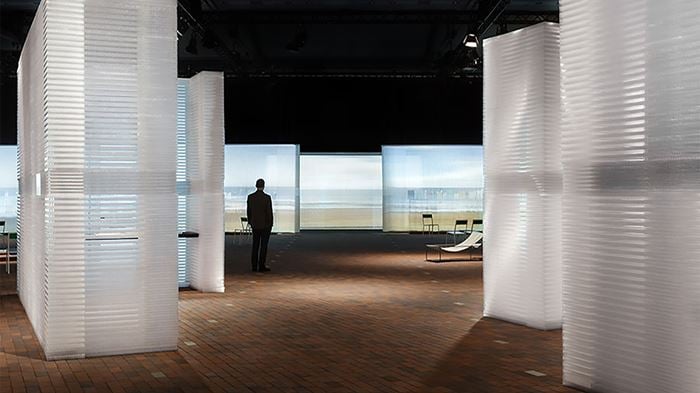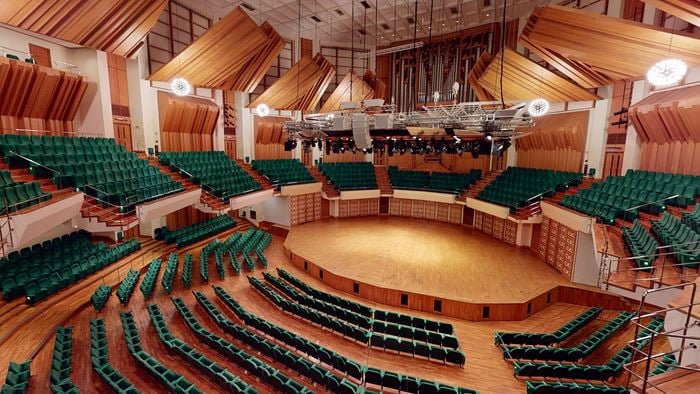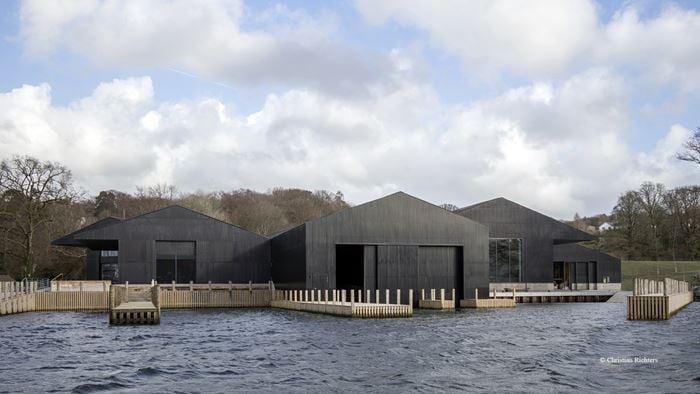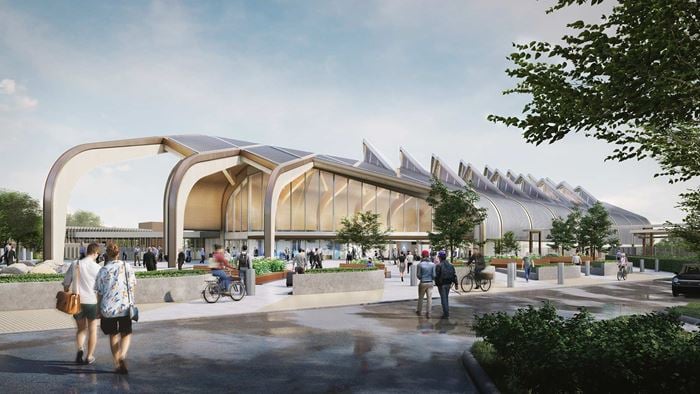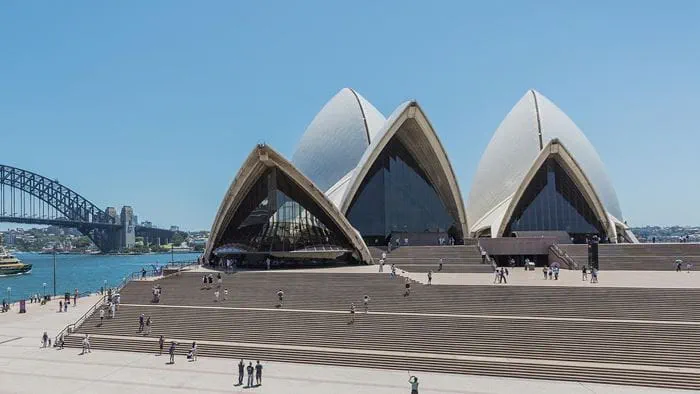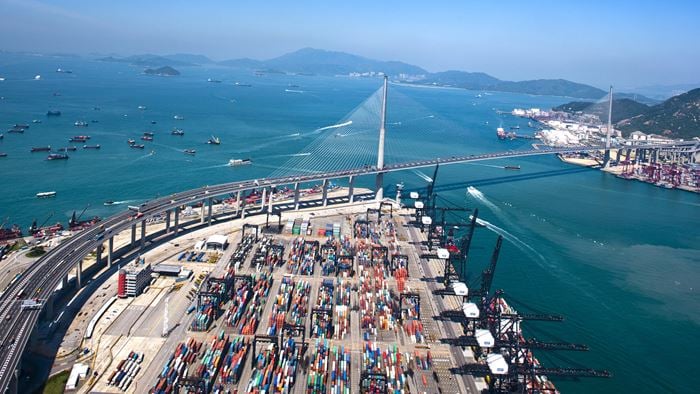The last structure that Ove Arup designed himself was the award-winning reinforced concrete Kingsgate footbridge in Durham, England.
Completed in 1963, Arup considered this bridge his finest work. He planned every detail, including the unusual way it was constructed. The need for scaffolding on the river was eliminated by casting the bridge in two halves, one for each bank. The halves were then swivelled out from the banks to meet.
The two halves pivoted on revolving cones, their meeting point marked by an understated bronze expansion joint. Bearings were designed at the base of each part to allow rotation, robust but cheap enough to be used only once.
This elegant example of simple mechanical engineering provided tense moments for the team while the spans were turned and connected.
John Martin, project manager for the bridge, said “Ove never seemed to worry that anything might go wrong. That was fine, it just meant that one felt fully responsible for seeing that it didn’t. But he got quite cross when the contractor took a few, to Ove’s view unnecessary, steps to make doubly sure that construction went smoothly. I think that to him it was a question of spoiling the elegance of the idea”.
Concrete Quarterly described the result as "a thin, taut, white band stretching horizontally across the valley, resting on a pair of slender tapered fingers".
Kingsgate stands as a striking example of Ove Arup’s vision for ‘total design’ – the seamless integration of engineering and architecture.
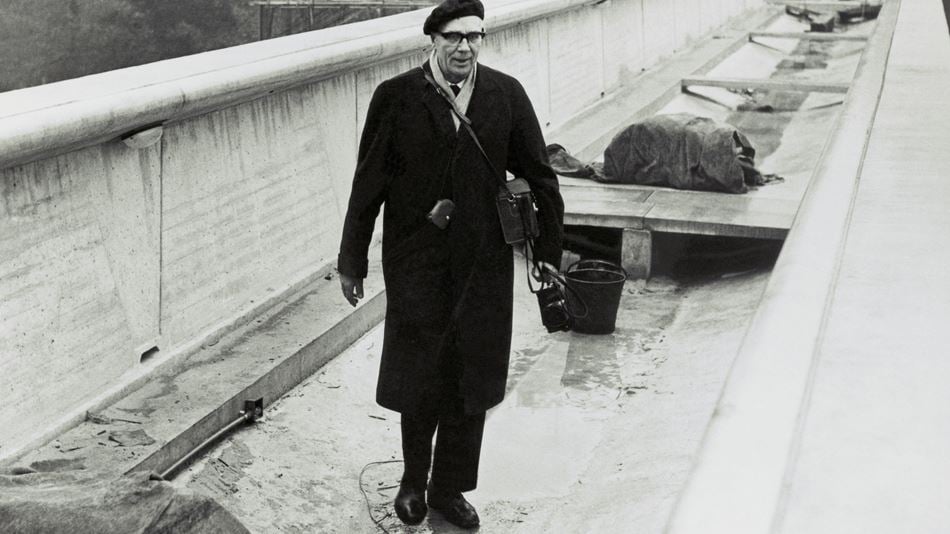
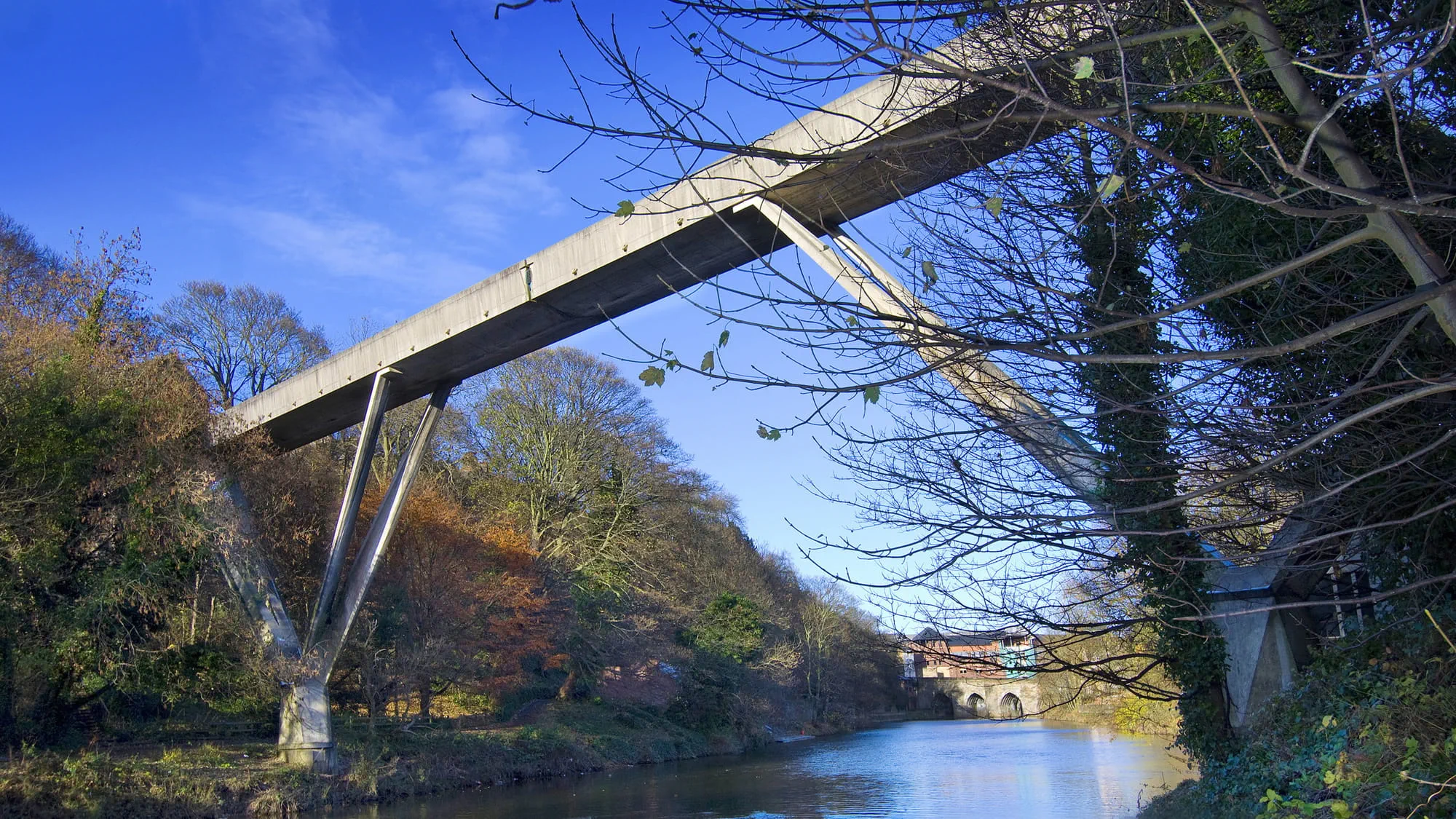 ;
;






